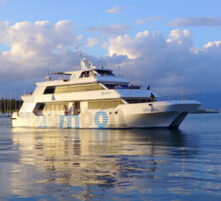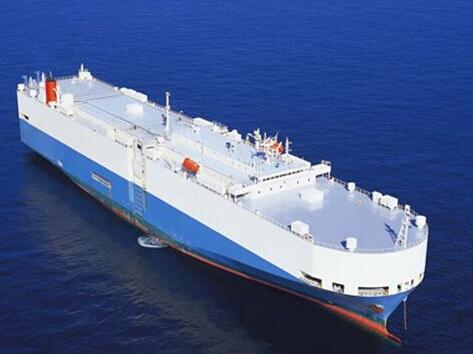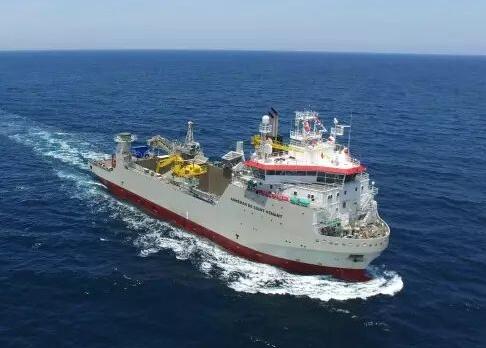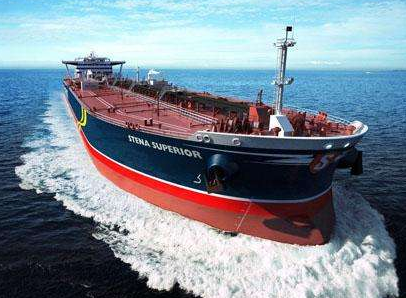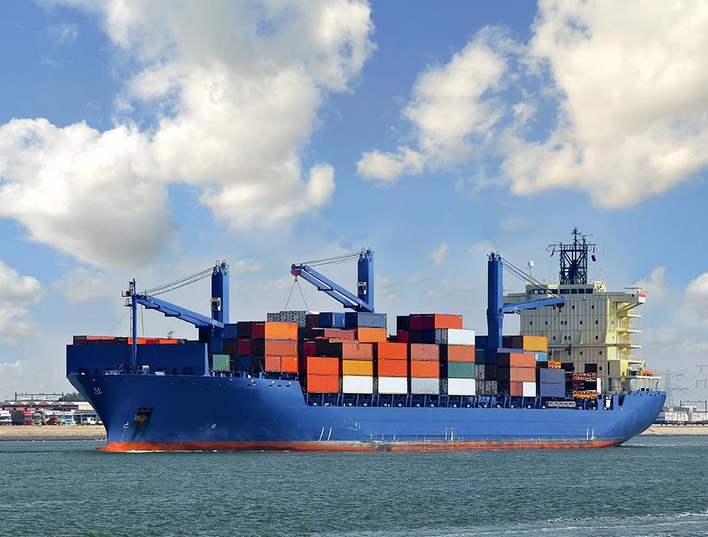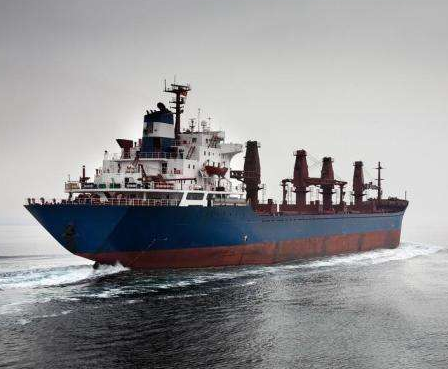China's shipbuilding is shifting from the bubble and bloated ship market to specialization and refinement; Chinese shipbuilders are trying to restore their initial romantic feelings for the ship from a more utilitarian approach; the Chinese ship is brave to reform By

Recently, the prospective industry research institute released "2017-2022 China Shipbuilding Industry Market demand forecast and investment strategic planning analysis report" pointed out that the current shipbuilding industry is accelerating the bottom of the structural adjustment period, China through the previous elimination, digestion, Integration, transfer of excess capacity, has the 2012 80 million deadweight tons of production capacity to reduce the end of 2015 65 million dwt, there are still more than 30% of excess capacity. How to quickly and better to remove excess capacity, speed up the structural upgrading, has become placed in front of China's shipbuilding industry problems. This 30% excess capacity means that the Chinese ship will not be better for the next two years. Data show that in November 1116 only 419 total of 26.09 million dwt, to load tons fell 75%, orders are expected to fall to the lowest level since the 80s of last century. In the context of excess capacity in the industry, the integration of North and South ships in 2017 is expected to further speed. Industry insiders said that the difficulties faced by shipbuilders in 2016 were far more severe than those on the figures, supporting only 30 Valemax-type ore vessels tailored at Chinese shipyards, which means that most shipyards are still not new Order. Tanker signed a new transaction only 117, down 76%, especially large crude oil tanker orders significantly reduced. The cold data tells us that the Chinese shipbuilding in 2017 may be a real test of the year, this year is full of thorns, this year will be dangerous, in a thin mess of porridge, find a cup of soup, which is All ship people must face the topic this year. In the new volume signed a substantial reduction in the amount and stability of the joint action, the global hand-held orders to accelerate the shrinking. In early December 2016, the number of hand-held orders was 3713, with 230 million dwt, down 27% from the beginning of the year. According to statistics, bulk carriers still account for 27% of hand-held orders, oil tankers and container ships were 23% and 11%. If the 2015 production capacity as a rough estimate, the current hand-held orders can only maintain the average shipyard in the next 2.4 years of production. In 2016, the delivery rate of new vessels compared with the estimated delivery at the beginning of the year, the outstanding delivery rate of the major shipments increased in different degrees in 2016, with a total non-delivery rate of 39 % And the expected annual delivery rate may be high. From the shipyard point of view, there are more and more shipyards deep financial difficulties, production capacity is facing further adjustment, 2017 ship industry will face life and death. We are in the forefront of the times, we may be in the ship industry blooming the most beautiful fireworks will be shut before, then how, 2017, line up sleeves, refueling! 2017 supply prospects or will be better
Tanker
In the latest tanker views, despite the industry orders are still high, 2017 tanker supply prospects than the rough look better. The current delivery schedule for the 2017 order shows that the delivery of new tankers will reach the highest level since 2009, and the consulting firm said the market's absorption of such tonnage is still uncertain. The results of the actual delivery of the 2005-2016 period and the level of delivery according to the plan show that the average delivery rate of the VLCCs in all oil tankers is 80% - from 2006 Year and 100% in 2008 to 53% in 2013. "VLCCs are not surprisingly high," said the company, "because the VLCCs are mostly built on large, well-known venues, and the owner is usually well-capitalized and the order data is more reliable." Poten & Partners said that even during the 2005-88 strong freight market , The plate also has 65% of the scheduled new ship actually delivered. "Based on the historical variability of ship deliveries and their apparent relevance to the freight market, 50% of the crude oil tanker orders originally scheduled for 2017 product carriers may not be delivered this year," the company concludes.
2017 will usher in the delivery peak
Container Ship
According to Clarkson 2017 latest data, the global container ship holding orders in 2017 is expected to deliver a total of 240, total 1683126 TEU, the total capacity of more than 800,000 TEU. Although these new container ships could not be delivered to the shipowners on time as expected, Clarkson expected the total shipments of all types of container ships to reach around 1.3 million TEU throughout the year. It is expected to deliver 41% more deliveries this year compared to last year's 2016 TEU shipments of 900,000 TEU. According to Clarkson data, in 2017, the global container ship orders only 80 ships, 250,000 TEU; compared to 2015 container ship orders for 250, 2.3 million TEU. According to TEU, container shipments fell nearly 90% year-on-year in 2015. In the container ship made up last year, most of the small feeder ship. In addition to last year in December Iran Air China (IRISL) in the modern heavy industry made four 14000TEU container ship, 2016 years without any large container ship new orders. In 2015, 15,000 TEU and above the container ship new ship orders a total of 60. The weakness of the chartered market last year led many shipping companies to postpone the delivery of new ships until later this year. Clarkson data show that the current super-large container ship holding orders ranked the top four shipping companies are Maersk Line, Seaspan, Ferry ships and COSCO Shipping Group. 2017 market is not hot and dry bulk international marine strategy (MSI) forecast, 2017 bulk cargo shipping prices will be lower. For the dry bulk shipping industry, 2016 was a bad year. February 10, 2016, BDI index of 290 points, reaching a record low, then the index rebounded steadily in mid-November last year reached a peak of 1261 points. This is mainly driven by good-looking bulk carriers, but also conducive to the growth of China's Cape Canine ship orders, because they will be the main iron ore goods shipped to China. In addition, the reduction in the number of days in China's coal mines has reversed the trend of reduced coal imports, and demand growth has overshadowed the impact of net growth in fleet capacity. The Baltic International Shipping Association (BIMCO) recently released a report that in 2017, the owner must be more cautious to deal with market capacity. If the continuation of 2016 in the second half of the very low level of old ship dismantling activities, it is clear that it will not be possible to achieve the required zero fleet growth. BIMCO said that there are still a large number of ships in 2017 and 2018 will be delivered to eliminate the impact of the influx of new ships into the market, the only way is to dismantle 30 million DWT capacity each year, in theory, this is not difficult to complete, but since 2016 Since June, the reduction in shipbreaking has been alarmed. BIMCO expects capacity growth in the year 2017 to be approximately 1.6% (2.2% in 2016).

















 RCCN WeChat QrCode
RCCN WeChat QrCode Mobile WebSite
Mobile WebSite